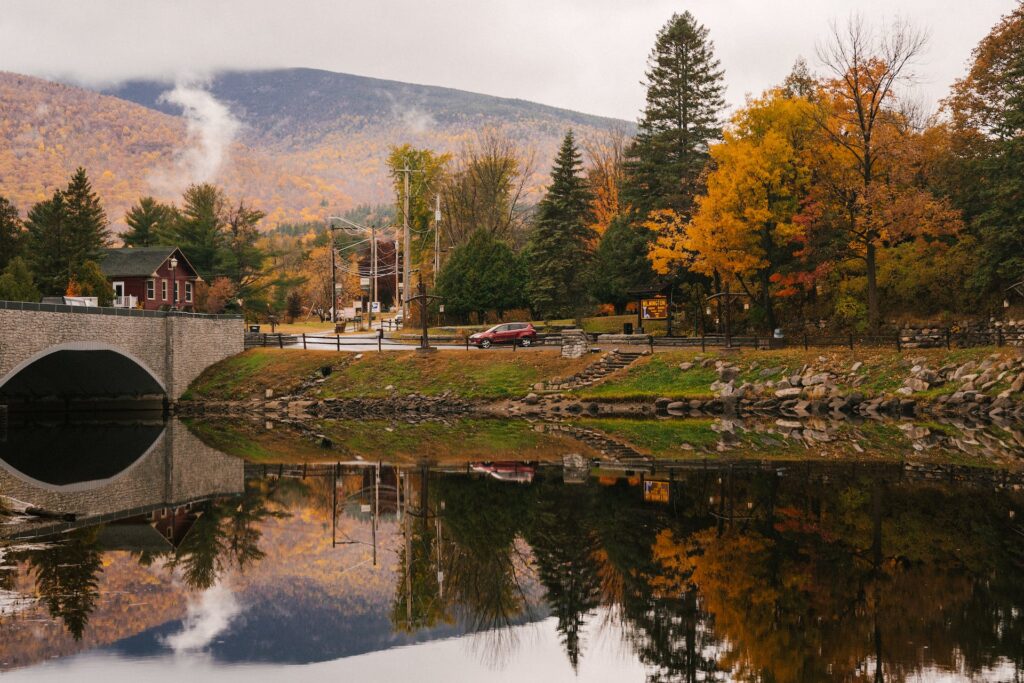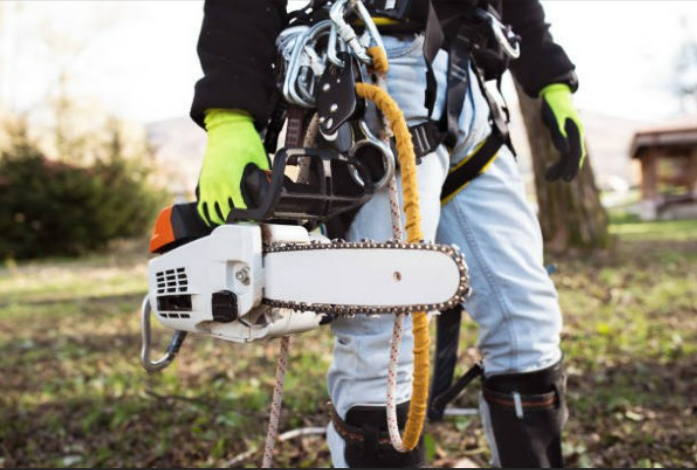The Role of Arboriculture in Sustainable Landscapes
Arboriculture, the science and practice of cultivating and managing trees, plays a pivotal role in shaping sustainable landscapes. Amidst the global struggle with environmental challenges, the pivotal role of trees in mitigating climate change, fostering biodiversity, and bolstering overall ecological health stands as an undeniable cornerstone. This article delves into the intricate and diverse role that arboriculture plays in both establishing and sustaining landscapes that prioritize environmental sustainability.

The Environmental Imperative
Arboriculture is intrinsically linked to environmental sustainability. Trees function as innate carbon sinks, adeptly absorbing carbon dioxide through photosynthesis while simultaneously releasing life-sustaining oxygen, thereby playing a pivotal role in diminishing greenhouse gas emissions. As concerns about climate change intensify, strategic tree planting and care become crucial components of sustainability efforts. Arborists, equipped with their extensive understanding of tree species, growth intricacies, and ecological demands, stand at the forefront of these vital initiatives, spearheading efforts for sustainable tree management and environmental conservation.
Urban Greening and Heat Island Effect
In the realm of urban landscapes, arboriculture assumes a pivotal role in mitigating the heat island effect—an occurrence wherein urban areas encounter elevated temperatures compared to their surrounding rural counterparts. Trees provide shade, reducing the heat absorbed by buildings and pavement. Arborists employ strategic approaches to plant and nurture urban trees, crafting green spaces that not only provide relief from the heat but also foster energy efficiency by reducing the need for air conditioning.
Biodiversity Conservation
Sustainable landscapes are characterized by rich biodiversity, and arboriculture contributes significantly to the preservation of diverse ecosystems. Trees offer diverse habitats for a myriad of species, hosting birds, insects, and fungi within their ecosystems. Arborists meticulously account for the ecological requirements of diverse tree species, striving to cultivate environments that foster a rich tapestry of flora and fauna. By maintaining healthy tree populations, arboriculture helps conserve biodiversity and ensures the resilience of ecosystems.
Soil Health and Water Management
Trees play a vital role in maintaining soil health. Their roots prevent soil erosion, stabilize slopes, and contribute organic matter to the soil through fallen leaves and branches. Arborists employ advanced soil management techniques, including strategic mulching and aeration practices, to elevate the overall health and vitality of the soil in which trees thrive. Furthermore, trees play an instrumental role in effective water management by curbing runoff and fostering the replenishment of groundwater resources. Sustainable landscaping practices, guided by arboricultural principles, aim to maximize these benefits while minimizing environmental impact.
Community Engagement and Education
Arboriculture fosters community engagement and environmental education. Arborists often collaborate with local communities to plant and care for trees, involving residents in the process of creating sustainable landscapes. Arborists spearhead educational programs that not only elevate awareness regarding the vital significance of trees but also impart essential knowledge about proper tree care practices. These initiatives extend beyond individual tree care, emphasizing the broader environmental benefits woven into the fabric of arboriculture. Empowered communities are more likely to participate actively in sustainable landscaping efforts, creating a ripple effect that extends beyond individual tree care.
Preserving Heritage Trees
Heritage trees, often towering giants with historical or cultural significance, are integral to sustainable landscapes. Arborists specialize in the preservation of these venerable specimens, employing techniques such as crown reduction and bracing to ensure their longevity. The conservation of heritage trees not only contributes to the aesthetic value of landscapes but also preserves living witnesses to history, offering a tangible connection to the past.
Challenges and Innovations in Arboriculture
While arboriculture is instrumental in sustainable landscaping, it also faces challenges. The health of trees faces imminent threats from the relentless forces of urbanization, encroaching pests, diseases, and the overarching impact of climate change. Arborists demonstrate a perpetual commitment to adaptation and innovation, proactively tackling evolving challenges in the field with a dynamic and forward-thinking approach. Integrated pest management, advanced diagnostic tools, and sustainable tree care practices are examples of innovations that contribute to the resilience of tree populations.
Arboriculture is an indispensable ally in the pursuit of sustainable landscapes. Through a nuanced comprehension of the intricate interplay between trees and their surroundings, arborists actively contribute to forging resilient ecosystems that confer mutual benefits upon both the natural world and the communities they inhabit. From mitigating climate change to preserving biodiversity and engaging communities, arboriculture is a cornerstone of sustainable landscape management. In a world increasingly cognizant of the imperative of sustainability, the significance of arboriculture will exponentially grow, emerging as an indispensable force in molding a future that is both verdant and robustly healthy.



